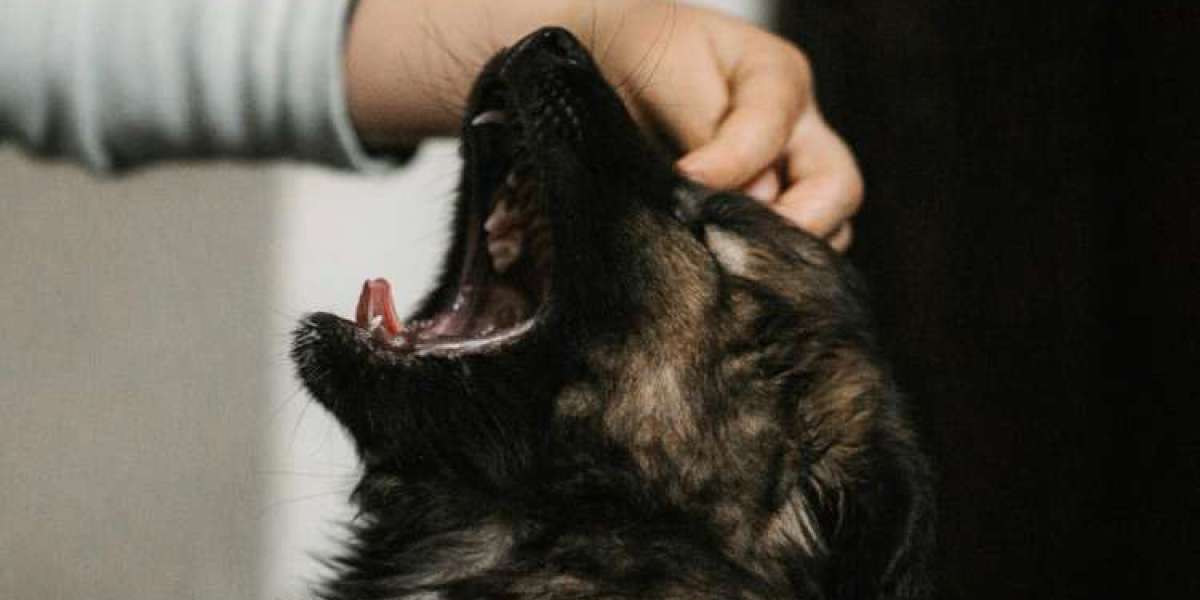Spaying and neutering are among the most important decisions you can make for your pet’s long-term health and well-being. These common surgical procedures not only prevent unwanted litters but also reduce the risk of certain diseases, improve behavior, and contribute to a healthier pet community. At Kainer Veterinary Hospital, we encourage pet owners to understand the many benefits of these procedures and why timely spaying or neutering can make a lifelong difference for both pets and their families.
What are spaying and neutering?
Spaying is the surgical removal of a female pet’s ovaries (and often uterus), while neutering is the removal of a male pet’s testicles. Both procedures are safe, routine, and performed under anesthesia by experienced veterinarians. Recovery is typically smooth when proper post-operative care is followed.
Why spaying and neutering matter
Millions of unwanted animals enter shelters every year, and many never find homes. By choosing to spay or neuter your pet, you’re helping control the population and reduce the number of homeless animals. Beyond that, these procedures also improve your pet’s health, reduce certain behavioral problems, and may even help them live longer, happier lives.
Health benefits of spaying and neutering
Spaying and neutering have numerous medical benefits that protect pets from serious diseases and improve quality of life:
- Prevents reproductive cancers: Spaying eliminates the risk of ovarian and uterine cancer, while neutering removes the risk of testicular cancer.
- Reduces risk of infections: Female pets that aren’t spayed are prone to a life-threatening infection called pyometra, which affects the uterus and can be fatal without surgery.
- Prevents prostate problems: Neutering male dogs reduces the likelihood of prostate disease and hormone-related tumors.
- Supports long-term health: Spayed and neutered pets often live longer because they’re less likely to roam, fight, or develop certain hormonal disorders.
Behavioral benefits for pets and owners
Aside from health improvements, spaying and neutering also influence your pet’s behavior in positive ways. Hormonal changes can reduce unwanted actions driven by mating instincts:
- Less aggression: Neutered males are typically calmer and less likely to engage in territorial or dominance-related aggression.
- Reduced roaming: Intact pets often try to escape in search of mates, putting them at risk of injury or getting lost. Spaying and neutering curb this urge.
- Fewer marking behaviors: Male pets may mark territory with urine; neutering reduces this tendency.
- No heat cycles: Spayed females won’t go into heat, preventing restlessness, howling, or unwanted attention from male pets.
Ideal age for spaying or neutering
The best time for spaying or neutering varies depending on your pet’s species, breed, and size. In general, veterinarians recommend:
- Cats: Between 4–6 months of age, before the first heat cycle.
- Small and medium dogs: Around 6–9 months of age.
- Large-breed dogs: Often between 9–18 months to allow proper bone and joint development.
Your veterinarian can provide a personalized recommendation based on your pet’s individual needs, health status, and lifestyle.
Myths and misconceptions about spaying and neutering
Despite being standard veterinary procedures, several myths about spaying and neutering persist. Let’s clear them up:
- “It will change my pet’s personality.” – Your pet’s loving, playful nature won’t change. Spaying or neutering may reduce aggressive or territorial behaviors but won’t affect their unique personality.
- “My pet will get fat.” – Weight gain is caused by overeating or lack of exercise, not by the surgery itself. A balanced diet and regular activity keep pets fit.
- “It’s better to let my female have one litter first.” – There is no health benefit to allowing a female pet to have a litter before spaying. In fact, early spaying reduces cancer and infection risks.
- “It’s too expensive.” – Spaying and neutering are one-time procedures that cost less than caring for unexpected litters or treating reproductive diseases.
Preparing your pet for surgery
Before the procedure, your veterinarian will conduct a physical exam and may recommend bloodwork to ensure your pet is healthy for anesthesia. You’ll likely be asked to withhold food and water the night before surgery. The team at Kainer Veterinary Hospital provides detailed instructions and personalized care to make the experience smooth and stress-free for both you and your pet.
Post-surgery care and recovery
After surgery, your pet will need a few days of rest and minimal activity. Follow your vet’s aftercare instructions closely to ensure proper healing. Common recommendations include:
- Limit jumping or running for 7–10 days.
- Keep the incision site clean and dry.
- Prevent your pet from licking the surgical area — use an e-collar if necessary.
- Watch for swelling, redness, or discharge and contact your vet if you notice anything unusual.
- Give medications exactly as prescribed.
Most pets recover quickly and are back to their normal routines within one to two weeks.
Community and environmental benefits
Spaying and neutering also help the broader community by reducing the number of stray animals. Fewer unplanned litters mean fewer homeless pets and less strain on local shelters. Controlling the pet population leads to fewer animal-related accidents, less spread of infectious diseases, and a more balanced community ecosystem.
How Kainer Veterinary Hospital supports responsible pet care
At Kainer Veterinary Hospital, we believe that preventive care, including spaying and neutering, is a vital part of responsible pet ownership. Our experienced veterinary team provides safe, compassionate surgical care and clear post-operative guidance to ensure the best outcomes for your pet. We also educate pet owners about the long-term benefits of these procedures and help determine the right timing based on each animal’s needs.
Investing in your pet’s future
Choosing to spay or neuter your pet is a proactive step toward a healthier, more harmonious life together. It promotes good behavior, prevents diseases, and contributes to a more humane community for all animals. With the right care and guidance from your veterinarian, the procedure is safe, effective, and beneficial for your pet’s lifelong wellbeing.
To schedule a consultation or learn more about our spay and neuter services, contact Kainer Veterinary Hospital today. Our team is ready to help you make the best decisions for your pet’s health, happiness, and future.







